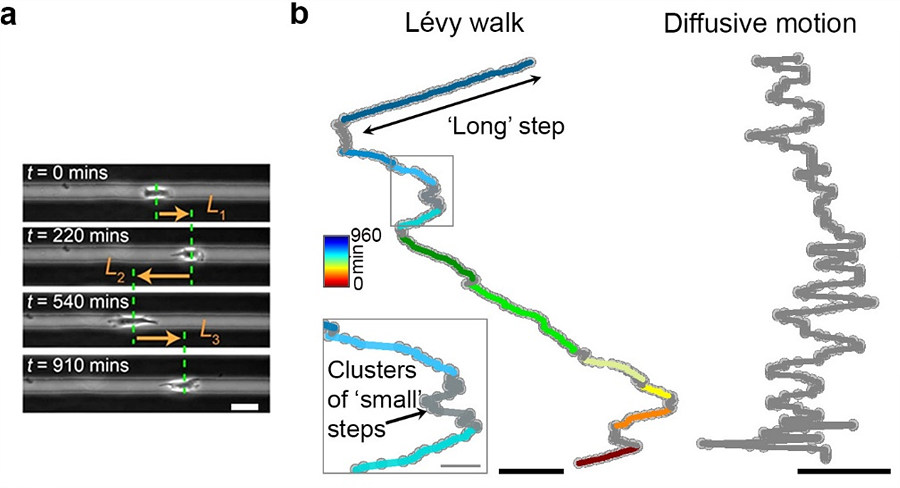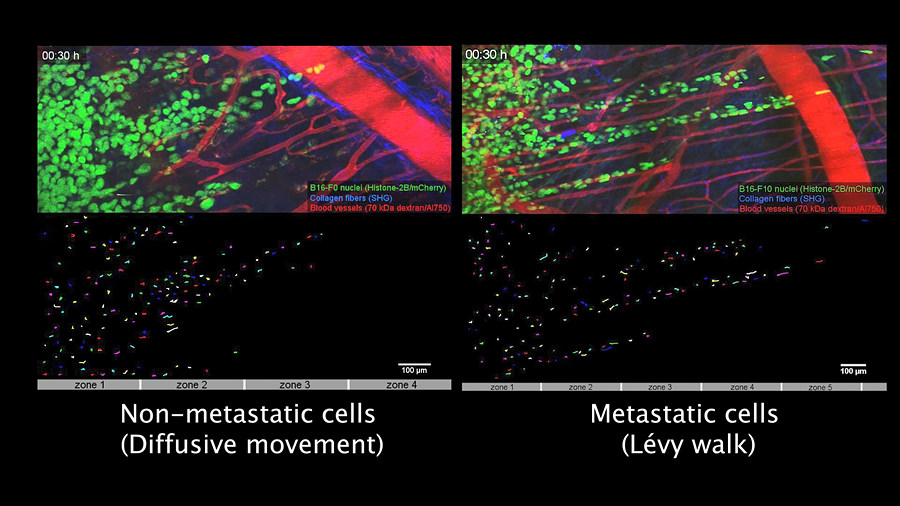주메뉴
- About IBS 연구원소개
-
Research Centers
연구단소개
- Research Outcomes
- Mathematics
- Physics
- Center for Underground Physics
- Center for Theoretical Physics of the Universe (Particle Theory and Cosmology Group)
- Center for Theoretical Physics of the Universe (Cosmology, Gravity and Astroparticle Physics Group)
- Dark Matter Axion Group
- Center for Artificial Low Dimensional Electronic Systems
- Center for Theoretical Physics of Complex Systems
- Center for Quantum Nanoscience
- Center for Exotic Nuclear Studies
- Center for Van der Waals Quantum Solids
- Center for Relativistic Laser Science
- Chemistry
- Life Sciences
- Earth Science
- Interdisciplinary
- Center for Neuroscience Imaging Research (Neuro Technology Group)
- Center for Neuroscience Imaging Research (Cognitive and Computational Neuroscience Group)
- Center for Algorithmic and Robotized Synthesis
- Center for Genome Engineering
- Center for Nanomedicine
- Center for Biomolecular and Cellular Structure
- Center for 2D Quantum Heterostructures
- Center for Quantum Conversion Research
- Institutes
- Korea Virus Research Institute
- News Center 뉴스 센터
- Career 인재초빙
- Living in Korea IBS School-UST
- IBS School 윤리경영


주메뉴
- About IBS
-
Research Centers
- Research Outcomes
- Mathematics
- Physics
- Center for Underground Physics
- Center for Theoretical Physics of the Universe (Particle Theory and Cosmology Group)
- Center for Theoretical Physics of the Universe (Cosmology, Gravity and Astroparticle Physics Group)
- Dark Matter Axion Group
- Center for Artificial Low Dimensional Electronic Systems
- Center for Theoretical Physics of Complex Systems
- Center for Quantum Nanoscience
- Center for Exotic Nuclear Studies
- Center for Van der Waals Quantum Solids
- Center for Relativistic Laser Science
- Chemistry
- Life Sciences
- Earth Science
- Interdisciplinary
- Center for Neuroscience Imaging Research (Neuro Technology Group)
- Center for Neuroscience Imaging Research (Cognitive and Computational Neuroscience Group)
- Center for Algorithmic and Robotized Synthesis
- Center for Genome Engineering
- Center for Nanomedicine
- Center for Biomolecular and Cellular Structure
- Center for 2D Quantum Heterostructures
- Center for Quantum Conversion Research
- Institutes
- Korea Virus Research Institute
- News Center
- Career
- Living in Korea
- IBS School
News Center
What Do Metastatic Cancer Cells Have in Common with Sharks?- When cancer cells become invasive, they follow a movement pattern similar to marine predators in search for prey. Their migration was tracked and was reverted back to a noninvasive type of movement. - When animal predators search for sparsely distributed food, they maximize their chances of success by adopting a special movement pattern composed of many small steps interspersed with infrequent but long strides towards new hunting grounds. These so-called "Lévy walks" have been studied for several decades and observed in foraging mammals, birds, sharks, and even immune cells searching for infected cells. Researchers at the Center for Soft and Living Matter, within the Institute for Basic Science (IBS) in South Korea, and several collaborating institutes in the U.S., the Netherlands, and Poland have reported that when cancer cells become invasive (metastatic), they start behaving in "predatory" ways. Metastatic cancer cells differ from their non-metastatic counterparts not only in their genetics, but also in their moving strategy: they spread more rapidly and are more directional than non-invasive cancer cells. Published in Nature Communications, this is the first study to clarify their navigation patterns. In this work, the research team used prostate, breast and skin cancer cells in metastatic and non-metastatic stage, introduced them in linear microtracks and measured the cells’ step size and turning points for up to 16 hours. Moreover, the scientists tracked the trajectories of individual melanoma cells directly inside living mouse skin, at a depth of 600 micrometers. In all cases, metastatic cells moved according to the Lévy walk, while non-metastatic cancerous cells took only small steps, a pattern known as diffusive motion.
To watch the movie, click on the link.
To watch the movie, click on the link. In animals, the Lévy walk is thought to correspond to an optimal search strategy for sparsely and randomly distributed resources. Although it is presently unclear why metastatic cells perform such predatory motions, one hypothesis is that they capitalize on it to find suitable places where to seed deadly secondary tumors. Interestingly, the research team could also reprogramme the metastatic cell’s Lévy walk. Using specific chemical inhibitors or short interfering RNA (siRNAs), the scientists blocked selected proteins involved in structuring the cellular skeleton and protrusions. These experiments changed the Lévy-walking back to unidirectional motions or diffusive migrations: "The deadly cellular wolves start moving like cuddly sheep!" emphasizes Bartosz Grzybowski, who co-led this study. He warns, however, that these results have no clinical bearing yet and more work, both experimental and theoretical, should be performed to fully understand these phenomena. This result comes after a decade of research. "Lévy walks can be easily mistaken for other types of motility patterns, for this reason large numbers of cell trajectories and quite complex statistical-physics analyses were needed to make sound conclusions," explains Grzybowski. "It was well worth the effort, now theorists and experimentalists speak the same language." This work used a wide variety of modern spectroscopic techniques, from optical and confocal microscopes to quantify cell motions ex vivo (on chemically modified micropatterns or in tissue-mimicking gels), all the way to top-of-the-line intravital two-photon microscopes capable of tracking individual cells migrating away from tumors implanted in live animals. "This study is quite indicative of the technical complexity of modern cell biology in understanding cancer. Considering all microscopes, RNA techniques to modify cell dynamics, and statistical physics involved, one starts seeing how diverse the toolkit of modern cell biologists has become," concludes Kristiana Kandere-Grzybowska, the other corresponding author of the study. "Cancer is a multifaceted disease, and it is probably not that surprising that understanding its manifestations requires interdisciplinary approaches. What is surprising, though, is how cunning these metastatic cells can become in navigating through the body." Bartosz Grzybowski and Letizia Diamante Notes for editors - References - Media Contact - About the Institute for Basic Science (IBS) |
|||
Center for Soft and Living MatterPublication Repository |
|||
|
|
| Next | |
|---|---|
| before |
- Content Manager
- Public Relations Team : Yim Ji Yeob 042-878-8173
- Last Update 2023-11-28 14:20















